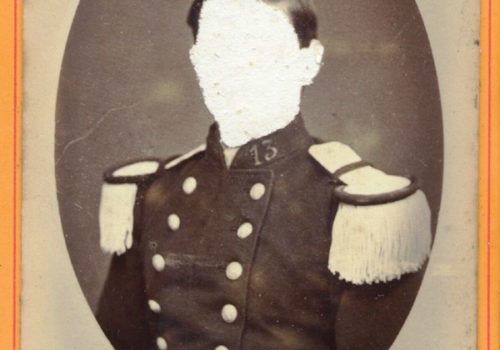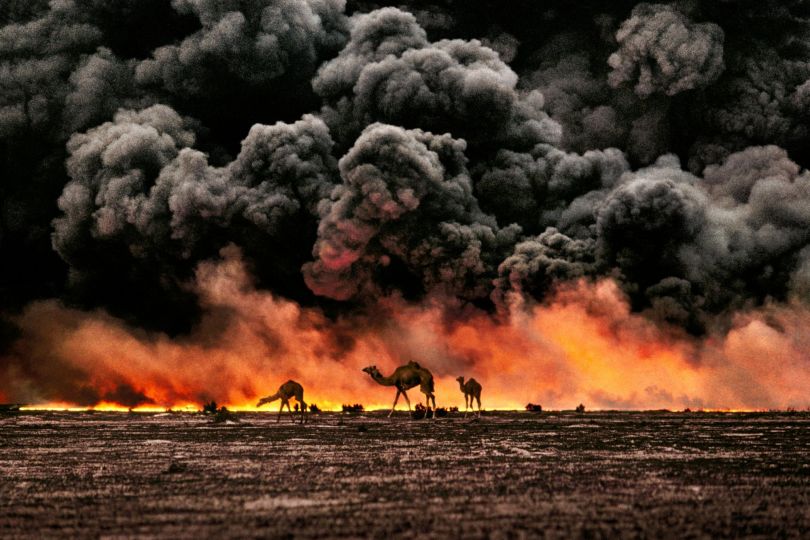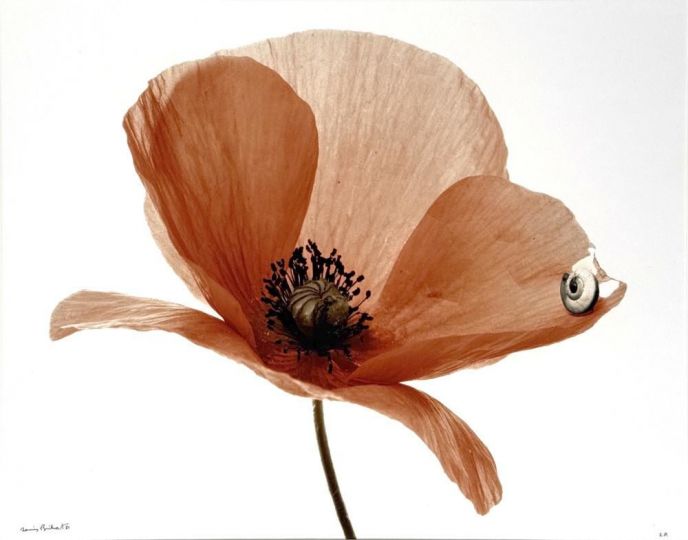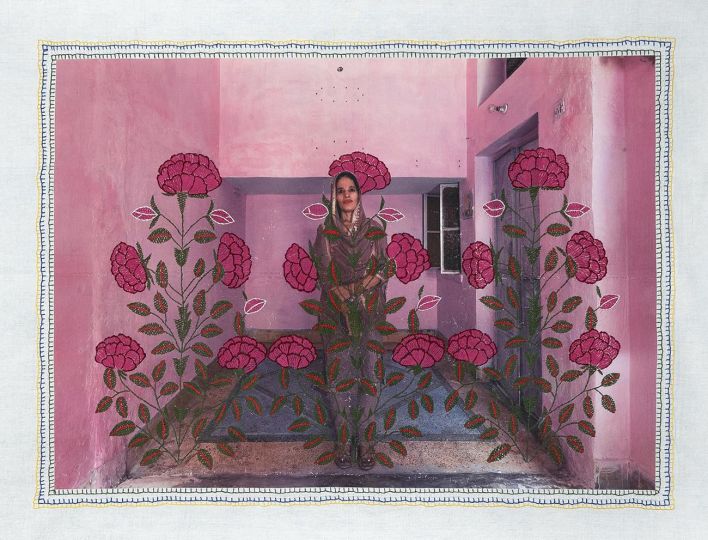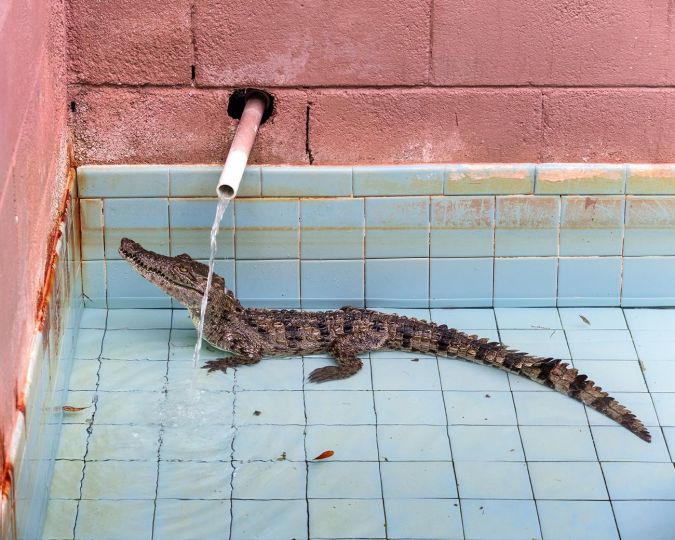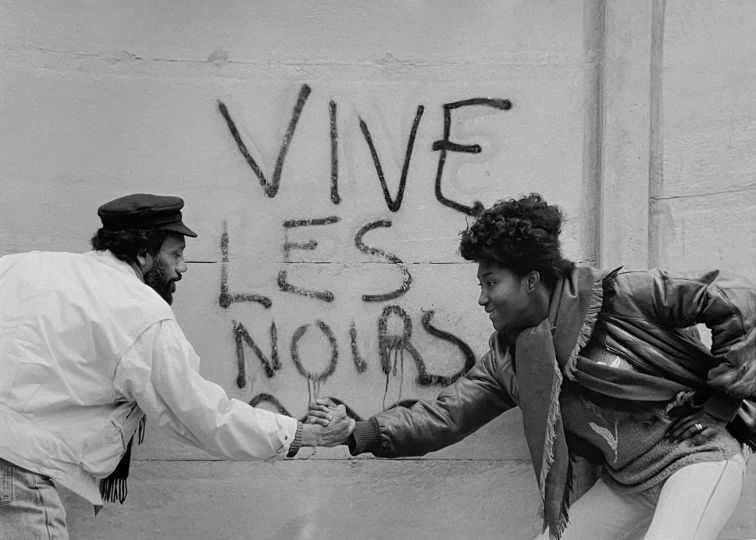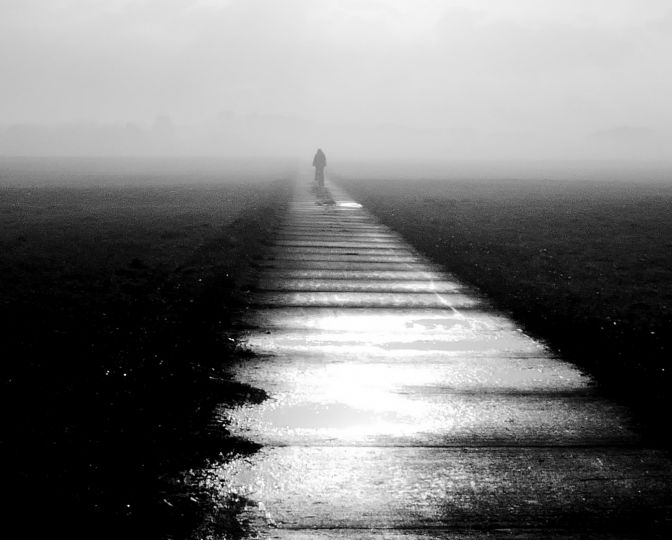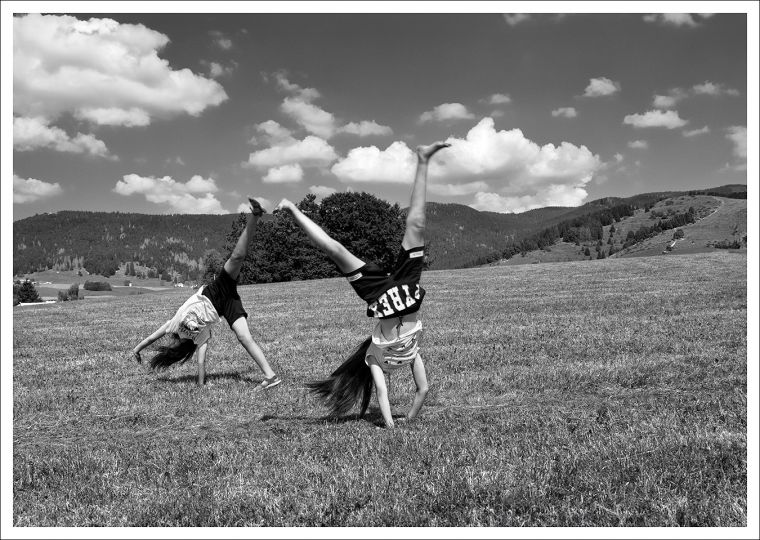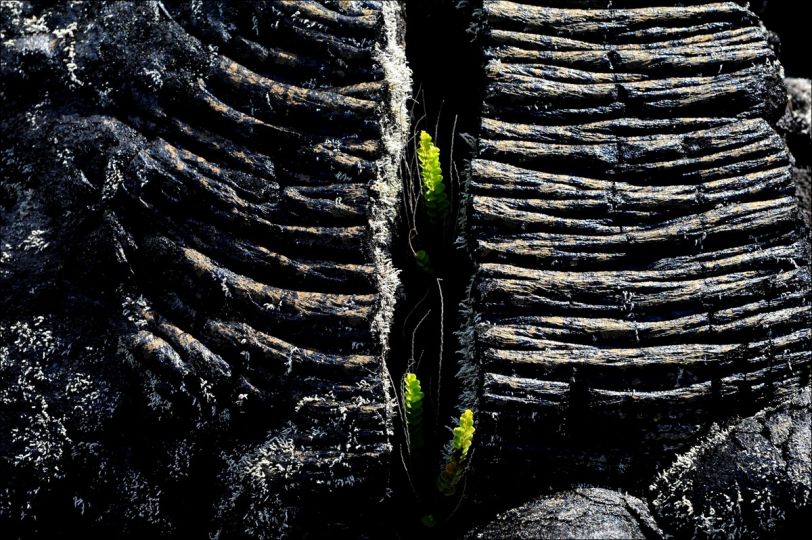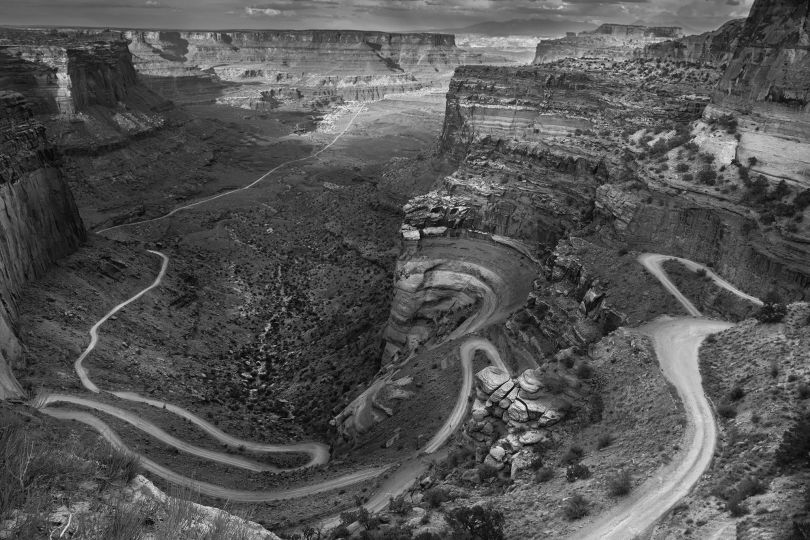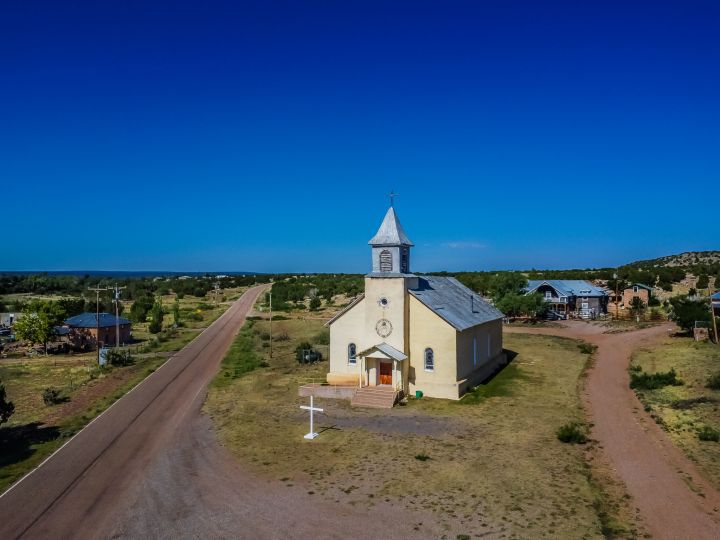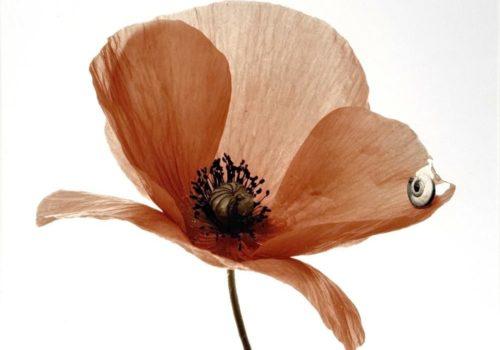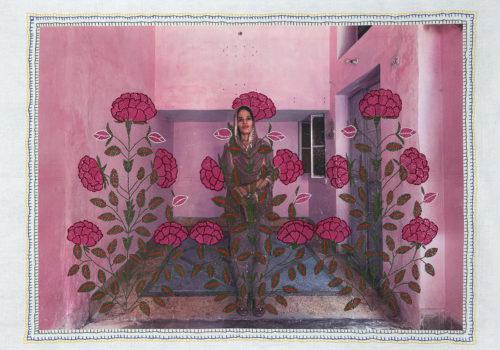The Unknown Soldier: “the man who no one knew, but who was known to everybody”.
From 2014 on, the world and more particularly Europe commemorates the centenary of the First World War which made 10 million deaths and approximately 20 million gravely wounded human beings. This war profoundly modified the course of the 20th century. During the day of November 11, on the anniversary of the 1918 armistice, the survivors of the Great War have, each year revived the souvenir of the warriors during commemorations on the different tombs of Unknown Soldiers. Since several years no more survivors are able to testify. Henceforth the ceremonials of November 11 commemorate the civil and military victims of all major conflicts.
Since the end of the conflict, each land of the allied powers of the Great War has honored its victims, generally with celebrations on the tomb of their Unknown Warrior who, in the people’s mentality seems to be surrounded by a myth which very often is misunderstood or interpreted. The evolved world can henceforth celebrate, the abolition of the myth of the Unknown Soldier, not because of the disappearance of our present or future fratricide wars, but because of Science which equipped our armies with the absolute weapon called: deoxyribonucleic acid or ADN analysis.
Science, which killed the myth of the Unknown Soldier, also made possible the invention of analog photography, which henceforth offers the possibility to re glorify the souvenir of the Unknown Soldiers of the Great War and at the same time to detour this fromits original context. The “Carte de Visite” photographic process existed from 1854 to around 1914 and consists of a photographic portrait mounted on a small cardboard support. The Cartes de Visite portraying militaries have, mostly, been realized before World War I. In opposition to their name the photographic Carte de Visite pieces never show the name of the depicted person but, instead, the signature, name and address of the photographer who realized the portrait.
The images of anonymous soldiers, in a photographic process which, in principle, permits their unlimited divulgation but of which the negative emulsions (very often declared to be conserved indefinitely) have completely disappeared from the existing archives, do not permit to predict the destiny of the portrayed. As the last of the survivors of the Great War is lately deceased, one could, by pure speculation, suppose that each one of the carte de visite images of anonymous soldiers could, as a matter of fact, be the portrait of the historical Unknown Soldier. In order to avoid the comparison with ancient visual indications, the faces of the photographed soldiers have been definitively removed.
The photographs of the soldiers without a face may serve as witnesses and stirring souvenirs of the first World War which did not spare the age, the nationality nor the rank of its victims. The present conceptual photographic project around Unknown Soldiers is historically correct and satirically illustrates anonymous persons who, probably, have lived (and … who knows, have been killed) during the Great War.
Roger Kockaerts

